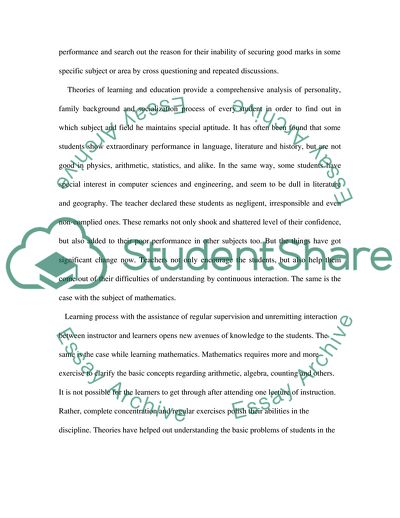Cite this document
(Mind in Society and the Development of Higher Psychological Processes Assignment, n.d.)
Mind in Society and the Development of Higher Psychological Processes Assignment. https://studentshare.org/psychology/1708120-education-psychology
Mind in Society and the Development of Higher Psychological Processes Assignment. https://studentshare.org/psychology/1708120-education-psychology
(Mind in Society and the Development of Higher Psychological Processes Assignment)
Mind in Society and the Development of Higher Psychological Processes Assignment. https://studentshare.org/psychology/1708120-education-psychology.
Mind in Society and the Development of Higher Psychological Processes Assignment. https://studentshare.org/psychology/1708120-education-psychology.
“Mind in Society and the Development of Higher Psychological Processes Assignment”. https://studentshare.org/psychology/1708120-education-psychology.


